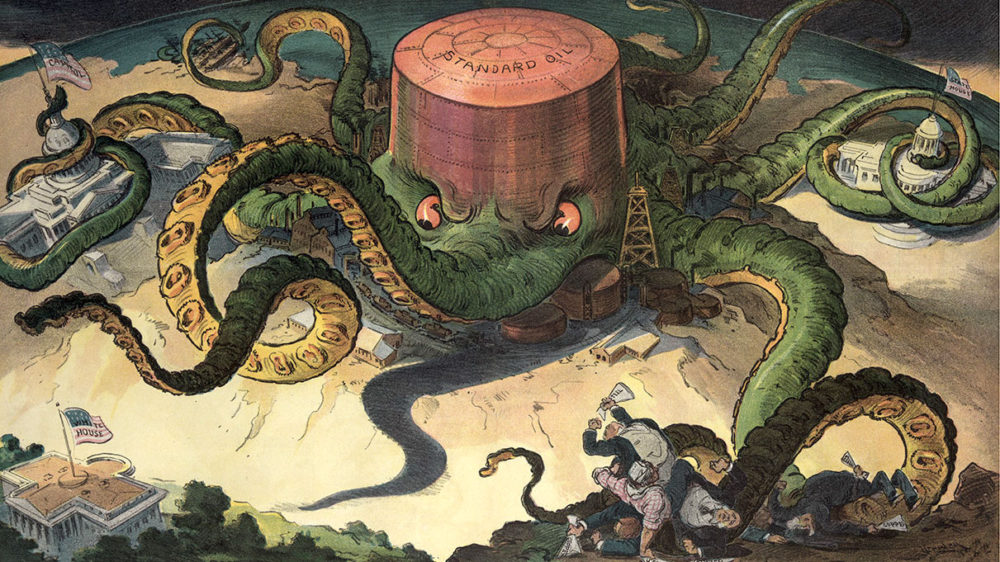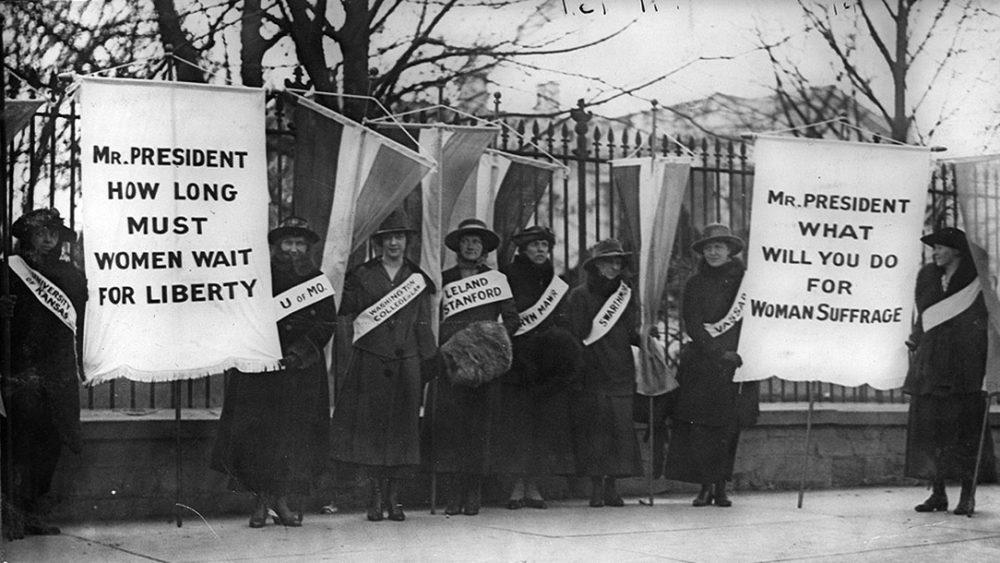Introduction
The many problems associated with the Gilded Age—the rise of unprecedented fortunes and unprecedented poverty, controversies over imperialism, urban squalor, a near-war between capital and labor, loosening social mores, unsanitary food production, the onrush of foreign immigration, environmental destruction, and the outbreak of political radicalism—confronted Americans with fierce urgency. Terrible forces seemed out of control and the nation seemed imperiled. Farmers and workers had been waging political war against capitalists and political conservatives for decades, but then, slowly, toward the end of the nineteenth century a new generation of middle class Americans interjected themselves into public life and advocated new reforms to tame the runaway world of the Gilded Age.
Widespread dissatisfaction with new trends in American society spurred the Progressive Era, named for the various “progressive” movements that attracted various constituencies around various reforms. Whatever their goals, “reform” became the word of the age. These sources attempt to shed light upon the many aspects of American life in the Progressive Era.
Documents
1. Booker T. Washington & W.E.B. DuBois on Black Progress (1895, 1903)
Booker T. Washington, born a slave in Virginia in 1856, founded the Tuskegee Institute in Alabama in 1881 and became a leading advocate of African American progress. Introduced as “a representative of Negro enterprise and Negro civilization,” Washington delivered the following remarks, sometimes called the “Atlanta Compromise” speech, at the Cotton States and International Exposition in Atlanta in 1895.
2. Jane Addams, “The Subjective Necessity for Social Settlements” (1892)
Hull House, Chicago’s famed “settlement house,” was designed to uplift urban populations. Here, Addams explains why she believes reformers must “add the social function to democracy.” As Addams explained, Hull House “was opened on the theory that the dependence of classes on each other is reciprocal.”
3. Eugene Debs, “How I Became a Socialist” (April, 1902)
A native of Terre Haute, Indiana, Eugene V. Debs began working as a locomotive fireman (tending the fires of a train’s steam engine) as a youth in the 1870s. His experience in the American labor movement later led him to socialism. In the early-twentieth century, as the Socialist Party of America’s candidate, he ran for the presidency five times and twice earned nearly one-million votes. He was America’s most prominent socialist. In 1902, a New York paper asked Debs how he became a socialist. This is his answer.
4. Walter Rauschenbusch, Christianity and the Social Crisis (1907)
Walter Rauschenbusch, a Baptist minister and theologian, advocated for a “social gospel.” Here, he explains why he believes Christianity must address social questions.
5. Alice Stone Blackwell, Answering Objections to Women’s Suffrage (1917)
Alice Stone Blackwell was a feminist activist and writer. In an edited volume published in 1917, Blackwell responded to popular anti-women’s-suffrage arguments.
6. Woodrow Wilson on the “New Freedom,” 1912
Woodrow Wilson campaigned for the presidency in 1912 as a progressive democrat. Wilson argued that changing economic conditions demanded new and aggressive government policies–he called his political program “the New Freedom”– to preserve traditional American liberties.
7. Theodore Roosevelt on “The New Nationalism” (1910)
In 1910, a newly invigorated Theodore Roosevelt delivered his outline for a bold new progressive agenda, which he would advance in 1912 during a failed presidential run under the new Progressive, or “Bull Moose,” Party.
Media
“Next!” (1904)
Illustration shows a “Standard Oil” storage tank as an octopus with many tentacles wrapped around the steel, copper, and shipping industries, as well as a state house, the U.S. Capitol, and one tentacle reaching for the White House. The only building not yet within reach of the octopus is the White House—President Teddy Roosevelt had won a reputation as a “trust buster.”
“College Day on the Picket Line” (1917)
Women protested silently in front of the White House for over two years before the passage of the Nineteenth Amendment. Here, women represent their colleges as they picket the White House in support of women’s suffrage. 1917.


